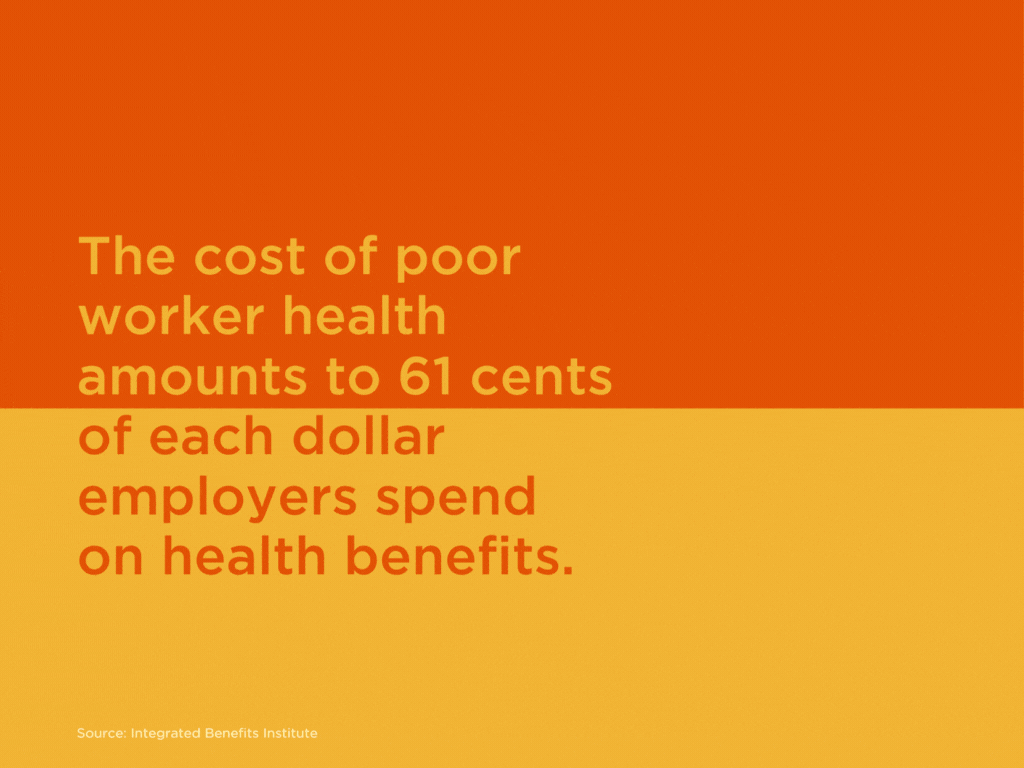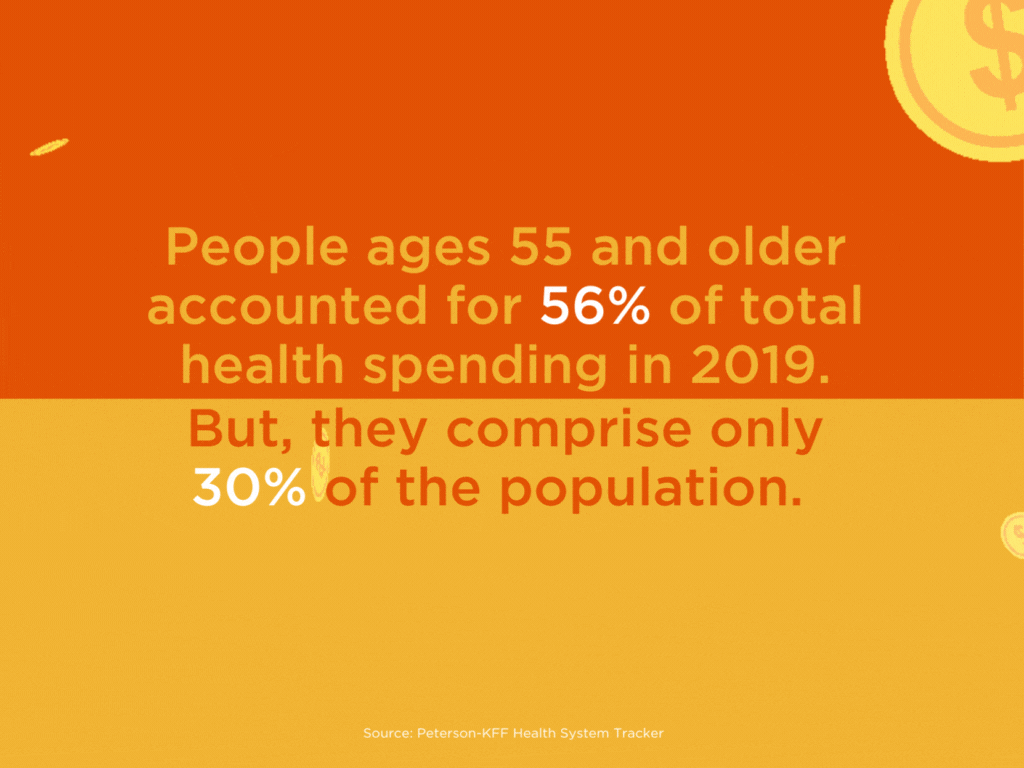High medical costs are inevitable. But they’re also predictable and manageable with the right data. Employers must understand the needs of their employees, in order to anticipate, address and manage high medical costs.

High medical costs are inevitable. But they’re also predictable and manageable with the right data and the right partner.
The challenge for employers is understanding the needs of their employees, in order to anticipate, address and manage high medical costs.
Helping you understand the needs of your employee population and closing gaps in care is what Cigna does best. And our industry-leading analytical models and integrated care solutions mean you’ll not only have a health partner, but a growth partner, too.
Consider the following:
- Multimillion-dollar claims are on the rise, due in large part to expensive specialty drugs and a rise in people living with chronic conditions.
- Companies spent $2.5 billion to treat employees' diabetes, hypertension, mental health/substance use disorders, asthma, and back disorders between July 2018 and July 2019. More than 60% of workers have at least one of these chronic conditions.
- Five chronic diseases or risk factors—high blood pressure, diabetes, smoking, physical inactivity, and obesity—cost U.S. employers $36.4 billion a year because of employees missing days of work.
- Around 4% of the population uses specialty drugs, but they account for 65% of total drug costs and 19% of total health care costs, according to Cigna's 2022 National Trend Report.
 These kinds of medical cost concerns can greatly impact your company's bottom line and profitability. They can also take an immense physical, emotional, and financial toll on your employees, which impacts their productivity and hinders your ability to grow. The Integrated Benefits Institute estimates that the cost of poor worker health amounts to 61 cents of each dollar employers spend on health benefits.
These kinds of medical cost concerns can greatly impact your company's bottom line and profitability. They can also take an immense physical, emotional, and financial toll on your employees, which impacts their productivity and hinders your ability to grow. The Integrated Benefits Institute estimates that the cost of poor worker health amounts to 61 cents of each dollar employers spend on health benefits.
Do you know what your employees need today to get and stay healthy? Do you know how to help those with chronic conditions get the best care? Your employees are diverse and their health needs are, too. But companies that implement benefit strategies based on their employees' specific health conditions can help improve the health and well-being of those employees – your greatest asset.
It comes down to seeing health benefits as a long-term investment in your people, not merely as an expense.
An Investment, Not a Cost
Providing more meaningful health benefits doesn't always mean spending more money; after all, a costly specialty drug could, for some patients, reduce the total cost of care over the long term while improving that patient's health, well-being, and productivity.
How is the high up-front cost amortized over time? How do decisions you make today drive the total cost of care? To answer these questions, you must anticipate and manage the risk to your company and employees.
Meet Employees Where They Are
To anticipate medical costs, you need to understand the composition and diverse needs of your employee base. Many factors can have an impact on claim costs. Some, such as age, current health conditions, and health care utilization, are more obvious. Others, many of which can be related to social determinants of health, are less so. These may include:
- Race and ethnicity
- Health goals
- Location (including access to primary care and healthful food)
- Gender
- Income
- Education
- Life events
- Caregiving responsibilities
- Role in a company
- Motivations
The pandemic has made clear just how important it is to consider all the factors that contribute to a person's health. From its disproportionate impact on people of color to the strain on caregivers, the pandemic has taught us all that supporting employee health is a comprehensive, iterative endeavor.
To capture the nuance, consider the humans behind the data. Engage with and listen to employees to understand what they truly require to be satisfied and productive.
Group Employees to Reduce High Medical Costs
With this information—derived from claims data, conversations with your employees, and other sources—a health partner like Cigna can, through sophisticated predictive analytics, provide a detailed picture of different employee medical condition segments. From this, you can glean insights into the ones most likely to experience high medical costs.
 For example, the Peterson-KFF Health System Tracker found that those 55 and over accounted for 56% of total health spending in 2019, but they comprise only 30% of the population. And, people diagnosed with certain chronic conditions have much higher spending on average than people without these conditions.
For example, the Peterson-KFF Health System Tracker found that those 55 and over accounted for 56% of total health spending in 2019, but they comprise only 30% of the population. And, people diagnosed with certain chronic conditions have much higher spending on average than people without these conditions.
Furthermore, according to the Commonwealth Fund, cancers are usually detected at later stages for Black adults. And, Black people are more likely than White people to die before age 75 from preventable causes.
By understanding what employees need, designing benefits to meet those needs, and targeting communications by workforce, you engage employees where they are. You can improve productivity, enhance employee health and happiness, and bend the cost curve.
Integrated Data, Integrated Care
The best way to access and analyze all relevant claims data is by integrating medical, pharmacy, and mental health claims data.
Recent Cigna research shows that when you truly integrate those benefits, you achieve whole-person care that improves engagement and outcomes and reduces total medical costs. In Cigna's case, it averaged $227 per person per year. For individuals identified as having a health improvement opportunity, it was $4,741.
A key part of an integrated benefits plan includes proper, and timely, interventions for chronic conditions. The health care industry knows that earlier intervention leads to better outcomes, which leads to lower costs. Take musculoskeletal (MSK) conditions, for instance: they're debilitating for patients and account for some of the highest claims spending out of all chronic conditions, with 4% of patients responsible for about 35% of direct costs for musculoskeletal pain.
One reason for this is a care journey in which providers, health data, and treatment plans are isolated from one another, causing interventions to become delayed. To help better guide your employees to the right care at the right time, Cigna is looking to clarify, streamline, and personalize care at every step of the patient journey while also moving businesses down the path of continued growth. In the coming months, you will see new integrated care solutions that are designed to help lower costs and improve health outcomes for employers and patients dealing with complex and costly conditions.
Transform Your Health Benefits
Understanding and addressing your employee segments and closing gaps in care isn't easy, but you don't have to do it alone. You have a partner: Cigna can work with you to create a comprehensive financial protection ecosystem that starts with contracting, fraud protections, and quality integrated care solutions that reduce the likelihood of high medical costs.
Because at Cigna, we believe that taking care of your employees' health is the new taking care of business. It's why we've invested in data-driven technology that tailors well-being recommendations to each of your employees, prioritizing holistic whole-person health within all our plans so your whole organization feels valued and supported.
Our data-driven insights help turn your benefits from a reactionary system where high medical costs are a surprise into a preventative investment where costs are managed. And we not only recommend improvements for your company as a whole, but also for your individual employees and their unique needs. The result? Healthier team members and healthier business growth.

Employee Health is Your New Growth Plan
To learn more about how Cigna can help you transform your health benefits from an expense to an investment, browse through our resources and thought leadership insights.